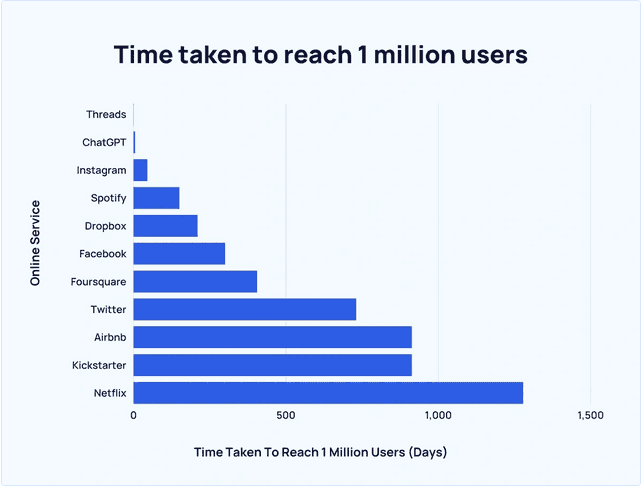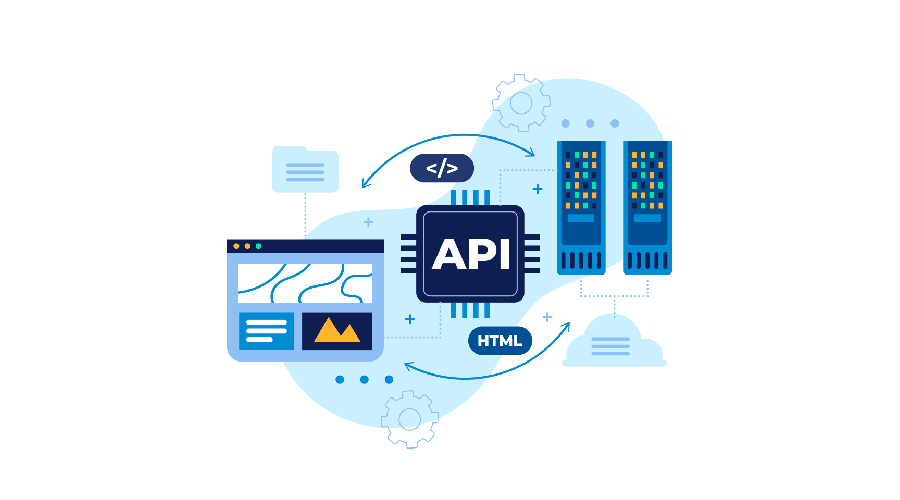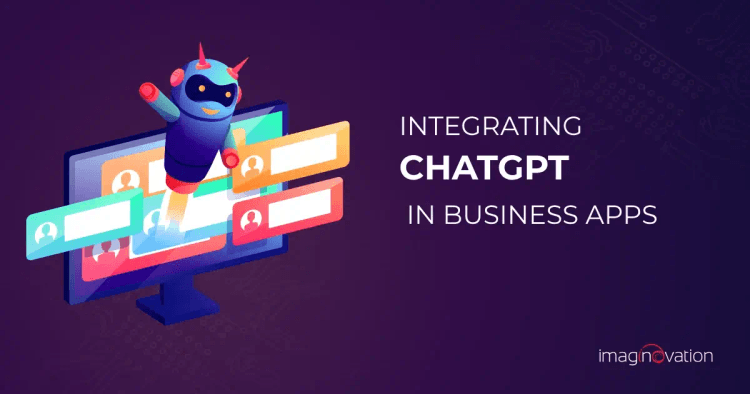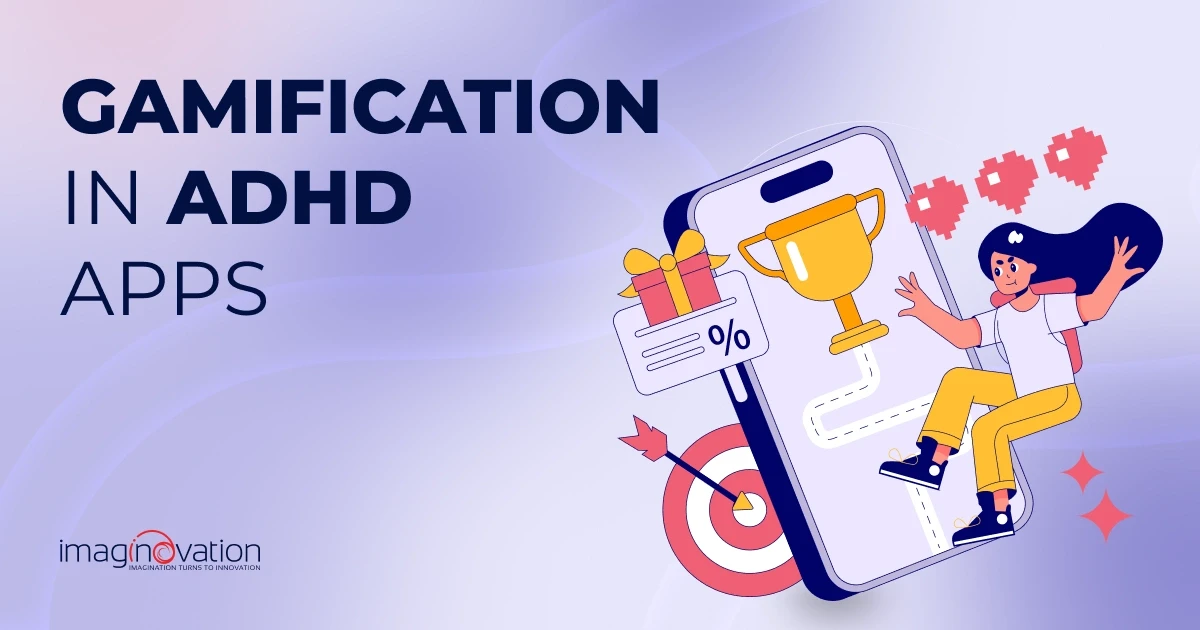Generative AI tools like ChatGPT hold immense potential in the business landscape. Business leaders can leverage these technologies to enhance decision-making, reduce costs, and enrich customer experiences.
However, many face challenges in figuring out how to integrate these systems into their organizations. In this article, we'll focus on how to seamlessly incorporate ChatGPT into business applications. We’ll explore the value of this tool for businesses and provide a comprehensive guide to successful integration. Read on to discover more.
The Value of ChatGPT for Your Business
ChatGPT offers immense value to businesses, initially gaining popularity for content creation and idea generation. However, it has since evolved into a powerful platform capable of handling diverse functions across various sectors.
Automation is one area where ChatGPT truly excels. The technology helps automate a wide range of tasks, freeing employees to focus on higher-value responsibilities. From generating reports to sending email campaigns and analyzing data, ChatGPT can handle it all.
Additionally, ChatGPT has significantly enhanced customer service capabilities. As we’ll explore later, it can summarize long responses, offer instant feedback in multiple languages, and streamline customer interactions. This leads to reduced operational costs and increased efficiency for businesses.
Given its value, it’s no surprise that ChatGPT's popularity skyrocketed after its release. OpenAI reports that the tool reached one million users just five days after being released in November 2022.

This chart shows how different platforms stack up against ChatGPT in terms of the adoption rate. ChatGPT took less than a week to reach the 1 million user threshold. In contrast, technologies like Netflix took up to 3 ½ years. Even Instagram took approximately 2 ½ months to achieve the same feat.
Strategic Planning for ChatGPT Integration
The benefits of integrating ChatGPT into an enterprise are undeniable. However, it requires meticulous planning and preparation to reap maximum benefits. On that note, here are three things you should do before embarking on the integration process:
Evaluate Your Business Needs
First, you should examine your current business and identify the most crucial needs.
Are you having difficulty generating unique content ideas to keep website visitors engaged? Or are you struggling to improve customer support? Identifying these pain points helps you spot the specific areas that can benefit from ChatGPT integration.
Identify Potential Hurdles
You are bound to encounter challenges anytime you integrate a new system into your business, and ChatGPT is no exception. Predicting these challenges beforehand can help you prepare adequately by looking for feasible solutions.
One hurdle you’re likely to face is data security. If you intend to use ChatGPT to offer instant responses, you’ll want to ensure the customer’s data is secured. Work with your IT department or tech expert to set up measures that safeguard sensitive information.
Set Objectives for ChatGPT Integration
Integrating ChatGPT into your business means that you’ll be investing your time and money. As such, you’ll want to ensure you’re making the most of it. One way to gauge its performance is to work with a set of goals.
Sit down with your staff and create a list of objectives you hope to achieve through the integration. Next, identify key performance indicators (KPIs) that can be used to track progress and efficiency.
Monitor the ChatGPT system regularly, comparing its results to the predefined goals. This will help you know the benefits it’s bringing to the table and whether you need to tweak it to optimize its performance.
Integration Process Overview
Integrating ChatGPT into your business applications is a critical step towards enhancing operational efficiency and customer experience. This process involves technical considerations, collaborations, and strategic planning to ensure a smooth and effective implementation.
Here, we provide an overview of the integration process, focusing on the importance of selecting the right development or tech partner and the role of APIs in facilitating seamless integration.
Finding the Right Development or Tech Partner
Initiating the search for a development partner necessitates a clear understanding of your ChatGPT integration needs. Reflect on your objectives, the extent of the integration required, and any specific functionalities you envision. This clarity aids in pinpointing partners whose expertise and experience align with your project’s demands.
Prioritize partners with a solid background in AI and chatbot technologies, especially those with specific experience in ChatGPT integrations. Assess their portfolio for relevant projects, scrutinize client feedback, and gauge their project management and communication styles. This step is crucial in ensuring they have the capability to bring your vision to life.
Compatibility with your business’s ethos is equally important. Early conversations should assess their eagerness to grasp your business challenges, their adaptability, and their strategy for overcoming potential obstacles. This compatibility ensures a smoother collaboration throughout the project.
After choosing a tech partner, the focus shifts to detailed project planning. Discuss and establish a comprehensive timeline, define key milestones, and agree on the budget. Transparent and frequent communication is vital for aligning expectations and achieving a successful outcome. This meticulous planning phase lays the groundwork for a partnership that will effectively bring ChatGPT into your business ecosystem.
Initial Setup and Planning
Initial setup and planning is crucial for aligning the project's trajectory with your strategic objectives. Collaborating closely with your tech partner, this stage encompasses a comprehensive definition of the project's scope, ensuring all parties have a unified understanding of the intended outcomes and capabilities of the chatbot.
Establishing a detailed timeline is equally important, setting realistic milestones for development, testing, and deployment phases. Preparing the technological infrastructure is another critical task, requiring an assessment of current systems to identify necessary upgrades or modifications to seamlessly incorporate ChatGPT, thereby laying a solid groundwork for a successful integration.
API Integration

The core of ChatGPT's integration lies in the seamless API connectivity that bridges your business applications with ChatGPT's advanced conversational AI capabilities. Your tech partner plays a pivotal role in this process, managing the intricate technical aspects of API integration.
This step involves writing custom code to facilitate communication between your systems and ChatGPT's servers, conducting extensive testing to ensure reliability and security, and verifying that the chatbot has access to the required data sources to function optimally. The aim is to create a robust framework that supports dynamic data exchange, enabling ChatGPT to deliver relevant and timely responses within the context of your specific business environment.
Customization and Testing
Following the integration of APIs, the focus shifts towards tailoring ChatGPT's functionality to meet the unique needs of your business. This phase is about more than just technical customization; it's about infusing ChatGPT with the essence of your brand and ensuring it can handle the nuances of your industry's vernacular.
Programming the chatbot to interpret and respond to specific queries, personalizing the interaction experience based on accumulated user data, and aligning the bot's communication style with your brand's voice are all critical steps in this process. Then comes the rigorous phase of testing, where scenarios are meticulously crafted and executed to unearth any potential issues, from understanding user intents to delivering accurate responses.
This thorough evaluation ensures that when ChatGPT finally interacts with your customers, it does so with precision, efficiency, and a touch of brand personality, making every conversation meaningful and effective.
Deployment and Monitoring
The deployment of ChatGPT within your business operations marks a significant milestone in your digital transformation journey. However, the transition from testing to live operation is just the beginning. To ensure that the chatbot delivers on its promise, a robust framework for continuous monitoring and evaluation is essential.
Once deployed, ChatGPT starts interacting with users, and it's crucial to observe its performance in real-life scenarios. This involves tracking a variety of metrics such as response accuracy, user satisfaction, interaction times, and resolution rates. Monitoring these metrics provides insights into how well the chatbot meets user needs and identifies any discrepancies between expected and actual performance.
Additionally, user feedback becomes a goldmine of information during this phase. Users often provide direct insights into their experiences, highlighting what they appreciate about the chatbot and pointing out areas that could be improved. This feedback is invaluable for making iterative enhancements to ChatGPT, ensuring that it evolves in alignment with user expectations and business objectives.
To facilitate this ongoing improvement process, it’s beneficial to establish a feedback loop where observations and user comments are regularly reviewed by your team and your tech partner. This allows for the swift implementation of necessary adjustments, whether they pertain to the chatbot's knowledge base, conversational flows, or user interface.
Training and Support

A critical final step in the successful integration of ChatGPT into your business operations is the comprehensive training and support for your team. It's essential that your staff is well-versed in managing and interacting with the chatbot, equipped with the knowledge to handle routine queries and the acumen to troubleshoot should issues arise.
To facilitate this, your chosen technology partner plays a pivotal role. They are responsible for providing thorough documentation that details the operational framework of the chatbot, guiding your team through its functionalities and features. This documentation should serve as a reference point for understanding how ChatGPT integrates into your existing systems and how it can be optimized for various business needs.
Moreover, beyond initial training, ongoing support from your tech partner is crucial. They should offer assistance to address any emerging challenges and ensure the chatbot’s continuous improvement. This could include periodic training sessions to update your team on new features or changes, access to a help desk for immediate troubleshooting needs, and regular feedback mechanisms to refine the chatbot’s performance and user interaction.
Empowering your staff with the skills and knowledge to effectively manage ChatGPT will not only smooth out the integration process but also maximize the chatbot’s utility across your business operations.
Also Read: Leveraging GPT-4 and The OpenAI API: A Guide for Businesses
Leveraging ChatGPT Across Business Functions
ChatGPT's versatility allows it to be a game-changer across various business functions, from automating customer service interactions to providing personalized marketing and sales experiences.
By integrating ChatGPT, businesses can not only streamline their operations but also enhance the quality of their customer interactions. This section explores the diverse applications of ChatGPT across different business functions, illustrating its potential to revolutionize the way companies operate.
Enhancing Customer Service
ChatGPT revolutionizes customer service by adeptly handling a spectrum of queries, from straightforward inquiries about products and services to intricate support issues. This capability significantly alleviates the burden on human representatives, enabling them to dedicate their focus to resolving more nuanced issues that necessitate a human touch.
Furthermore, ChatGPT's ability to offer unwavering, round-the-clock support ensures that customers are provided with immediate assistance whenever needed, thereby elevating customer satisfaction and fostering loyalty.
Additionally, ChatGPT's utilization of customer data to deliver personalized responses transforms customer interactions into more engaging and meaningful exchanges. Such personalized communication not only enhances the overall customer experience but also instills a sense of value and understanding, further solidifying the customer's relationship with the brand.
Content Creation
You’ve probably heard the phrase “content is King” a couple of times now, and understandably so. Publishing high-quality content establishes your brand as an expert in your niche. It’s an effective way to attract new clients and retain current ones.
However, not everyone is good with words, and that’s where AI tools like ChatGPT come in handy. You can use this nifty tool to:
- Brainstorm blog post ideas - ChatGPT can help you come up with creative ideas for your blog
- Craft email content - whether you’re writing a welcome email, survey, newsletter or offer email, this tool can help you.
- Write social media ad copy and posts - you can also use ChatGPT to draft content for your social media accounts.
ChatGPT can generate any type of content if you feed it with the right prompt. However, I wouldn’t recommend using it to write entire blog posts and articles from scratch. Since it relies on AI technology, it lacks originality and creativity. As such, it’s best used to generate ideas or create topic outlines.
Integrate ChatGPT in Your Business App with Imaginovation
Incorporating ChatGPT into your business can significantly increase efficiency through automation, reduce costs, and enhance the customer experience. One of the standout features of ChatGPT is its ability to continuously learn and improve, providing long-term value for your business.
To fully realize these benefits, it’s crucial to integrate the system correctly—and that’s where we come in. At Imaginovation, we’ll help you assess your business's specific needs and determine how ChatGPT can address them. Our team will ensure a seamless ChatGPT integration that maximizes its potential for your business. Get in touch, and we’ll help you unlock ChatGPT's potential.
Let's Talk.
Ready to build an app, but not sure where to start?
We've got you covered. Click the button below to get started.





